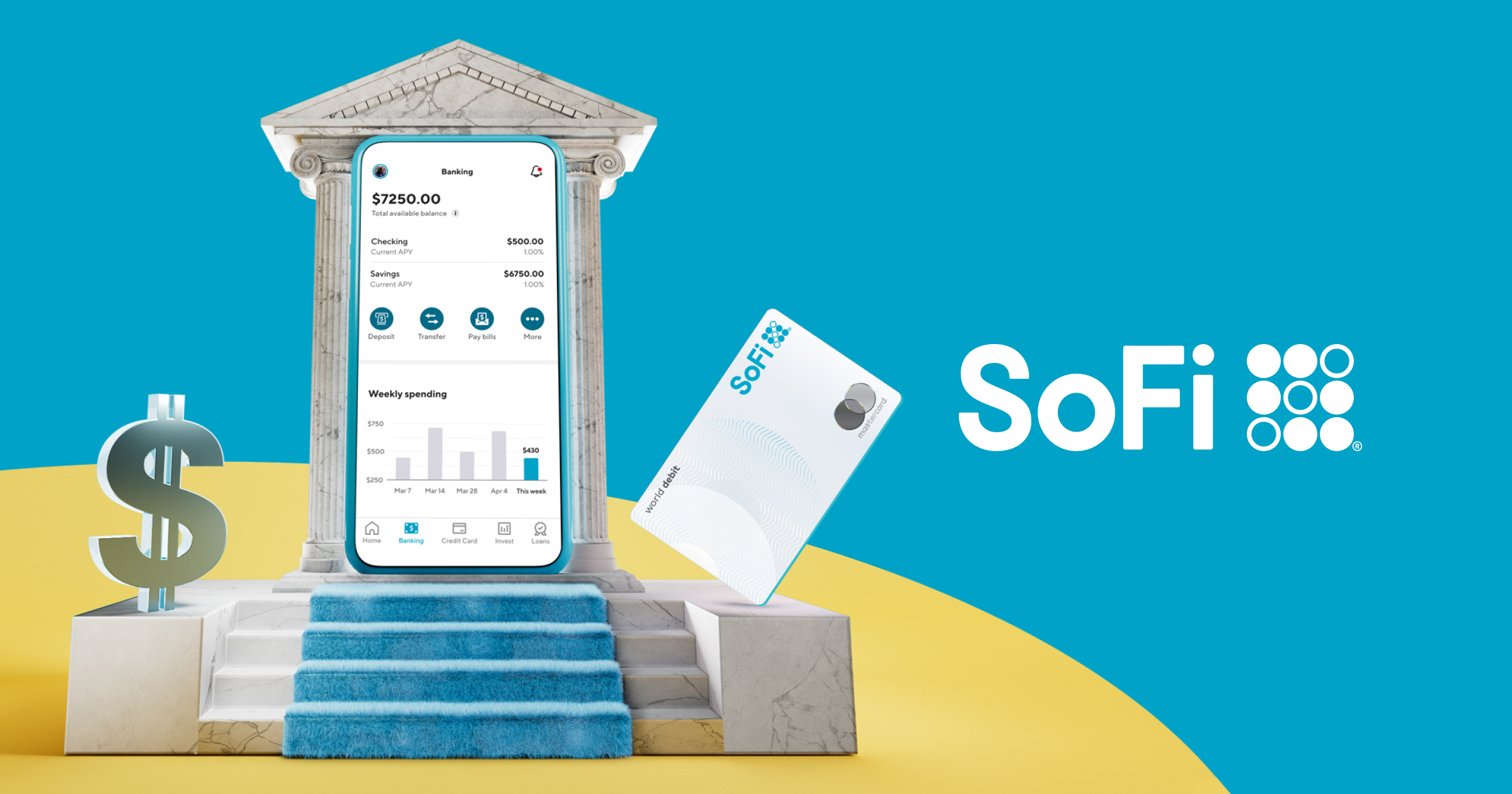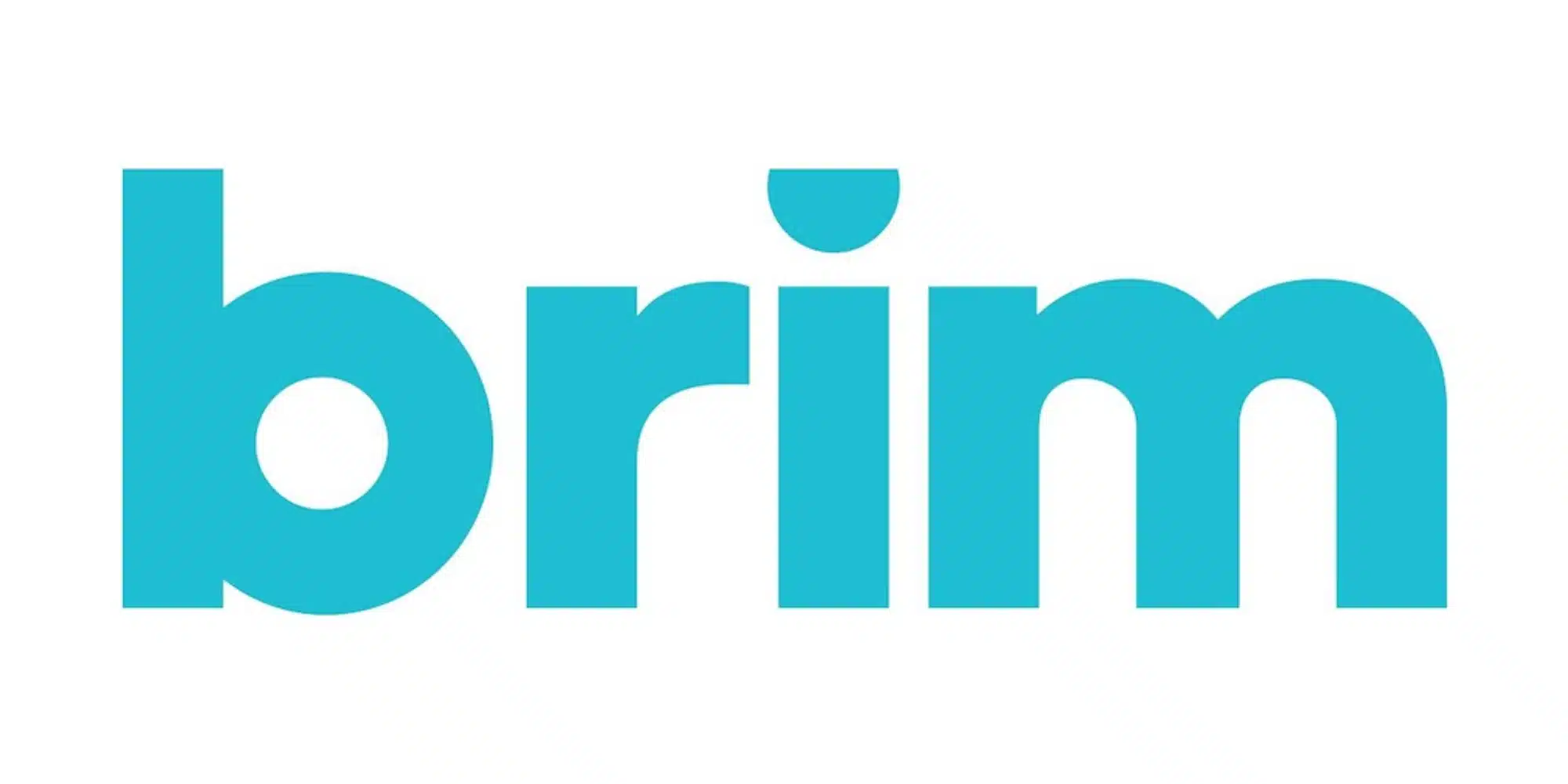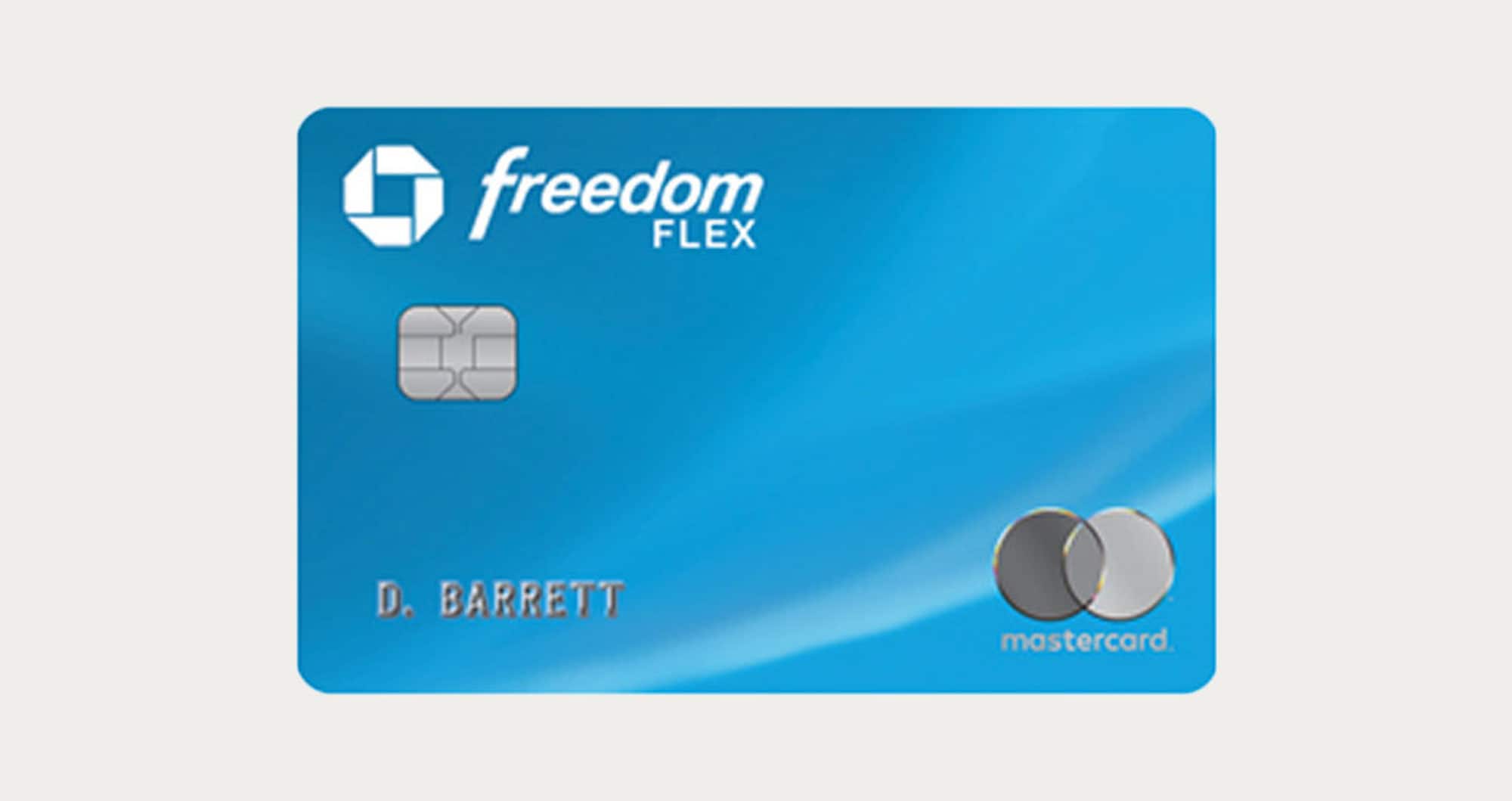
Credit Card Tips
Obsessed With Metal Credit and Debit Cards? You Are Not Alone
Here’s a fun experiment you can try the next time you’re on Instagram: look for an ad featuring a credit card and see if there’s a comment reading something to the effect of, “Is it metal?” Yes, these days one of the star features of a credit card product has little to do with finance and more to do with material as metal cards have been all the rage among a certain demographic. However, while the novelty of metal cards was once reserved for top-tier products, the trend has expanded over time, with many debit cards now also following suit.
For those looking to ditch plastic and add a nice chunk of metal to their wallet (while also taking advantage of the perks and benefits that come with such offerings), let’s take a look at several metal credit and debit cards available, including the pros and cons of each.
Metal Credit Card Options
American Express Platinum Card and American Express Gold Card

When you think of metal credit cards, one of the first ones to come to mind is the American Express Platinum Card. With a current annual fee of $695, the Platinum is the definition of a premium credit card — which also probably explains why metal credit cards have come to be seen as a status symbol in some circles. While you can check out my review to see all of the benefits that, in my opinion, make that $695 annual fee well worth it, let’s discuss the card itself.
As luck would have it, the Platinum recently saw an update and now allows users to choose between three designs: the classic one, one featuring art by Julie Mehretu, and the other featuring a design by Kehinde Wiley. For those curious, the card weighs 18 grams according to my scale. Anecdotally, older versions of the card apparently weighed slightly more before the plastic backing now employed to allow for tap-to-pay technology to work was incorporated. Also anecdotally, these two pieces of the card have been known to start splitting under certain conditions. Luckily, though, you can request a replacement card or new design at your leisure.
If that $695 annual fee is still too steep for you, the $250 annual fee Amex Gold Card is also made of metal. And, similar to the Platinum, it also now has multiple design options. In this case, you can choose between the regular gold and a newer rose gold (a once-limited edition offering that was made permanent in 2021). Aside from the design, the metal card is similar to the Platinum in terms of weight and plastic backing. Turning back to the practicality, the Gold card also has some more tangible and easy-to-use perks that make it a good pick for those seeking a metal credit card at a not-exactly-bank-breaking cost.
Chase Sapphire Preferred and Chase Sapphire Reserve

Taking on the Platinum card for premium credit card supremacy is the Chase Sapphire Reserve. The battle between these two mainstays has been raging for years, with strong arguments on both sides. Personally, I prefer the Amex Platinum for its lounge access — although the $550 annual fee Reserve wins in terms of its travel credit and points-to-cash exchange rate. Because of this, I don’t have the Chase Sapphire Reserve but I do have its little sibling, the Chase Sapphire Preferred. As you may have guessed by now, both options offer metal cards.
I’ll admit that I was actually quite surprised when my Chase Sapphire Preferred card arrive and I realized it was metal. After all, the card only carries a $95 annual fee, which I didn’t think put it in the league of the Reserve or even the Amex Gold. In any case, the card is indeed metal but has a much different feel than the Amex cards. If I’m being honest, I wasn’t 100% sure the card was metal as it’s quite flexible and weighs a relatively light 12 grams on my scale. I’ve heard the Sapphire Reserve is similar, but can’t confirm as I don’t have one.
If it’s a heavy metal (the material, not the music) experience you’re seeking, you may be disappointed with what the Chase cards have to offer. Still, as I can attest to for the Sapphire Preferred at least, the cards do feel like a major step up from plastic. Plus, with both cards featuring some strong perks, either of these could be a good pick for reasons other than the weight of the card.
Apple Card

For those who want nothing to do with annual fees, there may be another option for you — well, assuming you have an iPhone, that is. Yes, one cannot talk about metal credit cards without mentioning the Apple Card. While Apple’s credit card offering (issued in partnership with Goldman Sachs) is most beneficial when used with Apple Pay, the company also made a splash when it announced that the physical card customers could order would be made of metal and, famously, feature no numbers.
Not only is the Apple Card made of metal but is specifically made from titanium. As a result, the card is a bit lighter than the Amex cards and is on par with Chase, yet feels less malleable. The card is also quite sleek with its nearly all-white design and smooth texture. Then again, this white design could be a fault as Apple has warned users about possible distortions that can happen when the card is placed in pockets and the like.
Personally, despite some valid criticism, I’m a fan of the Apple Card overall. And yet the physical card mainly stays on my desk since there’s no real reason to use it outside of Apple Pay. Nevertheless, there’s no denying that the titanium card is quite cool and is a fun little bonus for the no annual fee card to have.
Luxury Card (Titanium, Black, and Gold)

Rounding out my list of metal credit cards, I figured I should mention the Luxury Card. At this time, the issuer offers three tiers of this card: the $195 annual fee Titanium Card, the $495 annual fee Black Card, and the $995 annual fee Gold card. According to the site, each of these cards weigh 22 grams and are made with stainless steel — not to mention that the Gold Card is literally plated with 24k gold.
Let me just admit up front that I personally think these cards are ridiculous. Looking at the rewards and the annual fees, they don’t hold a candle to many of the other options we’ve already covered. In fact, between the name and the emphasis on the card’s weight, I’d have to speculate that these cards are made just for “flexing” on others with your cool metal card (I also think the Black Card is meant to be confused with the actual “black card”: the invite-only American Express Centurion. But, while I really can’t recommend these options, I figured I should at least mention them.
Metal Debit Card Options
Cash Card

Incidentally, I figured I’d start with the newest metal debit card option to start off this section. A couple of months ago, while updating my review of the Cash App Cash Card, I noticed that, in addition to “premium” plastic options like Glow in the Dark, Cash App added metal card options. Currently, this includes a Black Metal card or a Chameleon Metal card. Just like with the regular Cash Card, these metal cards can be customized with your signature, Cash Tag, emojis, and whatever else. Then, your customized card is shipped to you and arrives in a nifty case.
While one of the basic Cash Cards is free and the special plastic ones like Glow in the Dark are $5, ordering a metal Cash Card will cost you $50. This total will be deducted from your Cash App balance once you finish designing your card and complete your order.
In my case, I decided to pick up a Chameleon Metal card for review. While $50 is steep just for a card, I do have to say that this one is pretty cool. Not only does it have my customized “Money@30” iconography on the front and a fun star I put around the chip but also has a pretty purple back. Also, this is actually the heaviest metal card I own, coming in at 22 grams on my scale. It’s also remarkably solid feeling, closer to an Apple Card than an Amex. So, while it’s hard to recommend spending a Grant on a card, the metal Cash Card is a cool option if you’re a debit fan. On that note, though, I would recommend picking up a free Cash Card either way just to make use of Boosts and other features.
OnJuno

If you want a metal debit card without paying a fee upfront, OnJuno may be an option. The account is one I’ve been trying out for a bit but have yet to fully review. Like other FinTech apps, OnJuno offers banking features and cashback opportunities but also integrates crypto trading and more. But what I want to focus on here is their Metal account option.
While all users can request a basic debit card to accompany their default virtual card, users can unlock a Metal upgrade by using the account to receive direct deposits. Specifically, you’ll need to direct deposit at least $250 a month in order to earn Metal status.
I actually only unlocked OnJuno Metal on the day I’m writing this. Thus, my card has yet to arrive (but should be here in 7 to 10 days). To my surprise, it only took a single payroll direct deposit to trigger this upgrade, with OnJuno emailing me a day after the deposit cleared to let me know I was eligible. Then, all I needed to do was confirm my address and order my card. In my opinion, $250 a month is a completely reasonable direct deposit amount (you can even arrange your payroll so that a percentage of your check goes to OnJuno while directing the rest elsewhere) and I like that Metal comes with other perks. Although I will need to wait and see how the card itself is, I could see this being a good pick with low stakes.
Revolut

Returning to paid options, Revolut also offers a tier of service aptly named Metal. Unlike the Cash Card’s one-time fee or OnJuno’s free upgrade with conditions, obtaining a Revolut metal debit card will require either a monthly or annual fee. Currently, Revolut Metal comes at a cost of $16.99 a month or $149.99 for a year if you pay upfront. With this upgrade, you’ll be able to choose a metal card in black, gold, space grey, rose gold, or silver.
Of course, thankfully, Revolut Metal doesn’t just include a card upgrade. Instead, the subscription includes such benefits as global travel insurance, some airport lounge access, unlimited no-fee foreign currency exchange, and more. By the way, between free and Metal there is also a Premium tier with some added perks and an enhanced plastic card — but I think Metal is the better bet if you’re going to go for it.
Although I no longer have Metal, I did for a year… that just happened to be 2020. Therefore, I didn’t exactly make use of the lounge access or travel insurance perks. But, as for the card itself, I am a big fan of the rose gold one I picked up. In fact, I’d say it’s far more “rose gold” than the Amex one is. Admittedly, because I like the look of the card so much, I do leave it in my card carrier even though I don’t use it that often. That said, despite downgrading back to basic after my year was over, my metal card does still work. Overall, if you can make use of the other perks, the metal card is a nice added benefit — but I really don’t recommend spending $150 a year or more if you only want the card.
Cred.ai

Lastly, we come to Cred.ai. While this is a debit card, the platform does allow you to use your account kind of like a secured credit card. In other words, when you open a Cred.ai account, the company will report a credit limit and on-time payments to credit bureaus, helping you to build and establish credit. While that’s pretty cool on its own, the metal card that the account comes with by default is also pretty baller (as the kids say).
What stands out about the Cred.ai card is the design and the texture. First off, yes, the unicorn on the front looks awesome. But equally as cool is the feel of the card thanks to the numerous black dots that grow in thickness toward the top of the card. At 17 grams, it’s not as heavy or as solid feeling as, say, the Cash Card, but it’s admittedly quite a nice piece of metal.
Of the debit cards on this list, I do think the Cred.ai card is probably the best bet for most people — with the possible exception of OnJuno. Not only is the card free but could also help you build credit. On the other hand, those who don’t really need another line of credit on their report might prefer something else. Still, true to its icon, this card is quite a unicorn at the moment.
As the list of metal credit and debit cards grows, there are now several different options for consumers to choose from — with each option carrying its own pros and cons. And while metal cards might be popular among those who think they’re cool, the truth is that there could also be environmental benefits to using metal as opposed to plastic (although more sustainable recycled plastic cards are also increasingly common). Ultimately, if it is a metal card you seek, be sure to weigh the associated fees, perks, and benefits against, well, the weight of the card itself before making your final decision.








